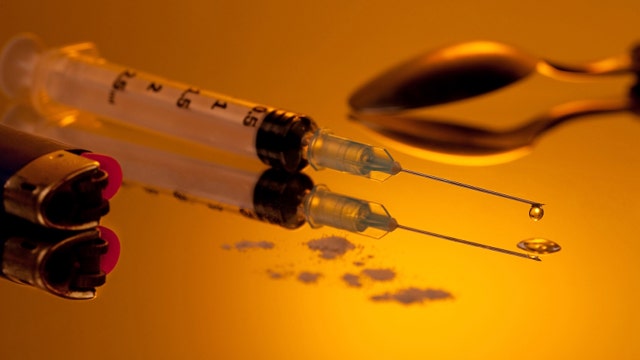What’s behind the heroin epidemic?
The medical director of Summit Behavioral Health talks to Dr. Manny about what may have caused the heroin epidemic and how to treat it
Heroin has become headline news and a topic of debate among presidential candidates due to a substantial uptick in heroin-related deaths and overdoses. According to the Centers for Disease Control and Prevention (CDC), the number of heroin-related deaths rose 286 percent between 2003-2013.
Dr. Elizabeth Drew, the medical director of Summit Behavioral Health, points to instructions to physicians to treat pain as a fifth vital sign as possibly helping to jumpstart the heroin epidemic.
“Doctors became very vigilant then about diagnosing pain and prescribing pain medication, and you can see a huge uptick of the amount of opiate prescriptions,” Drew told FoxNews.com. She explained that in many cases, patients began to misuse their medications and went down the path of addiction. Eventually, these people turned to something that was cheaper and easier to acquire: heroin. People who were not normally considered “at-risk” are falling victim to the drug, with some of the greatest increase of abuse occurring in women and those with higher income.
“In practice, we see soccer moms, we see professionals, we see teachers, we see young college students and high school students. Anyone can develop an addiction to an opiate,” Drew said.
The initial highs of heroin include feelings of euphoria and happiness, but eventually the body becomes dependent on the opioids and those addicted continue to use heroin just to feel normal. When a quick-fix no longer suffices or they resist the urge to use, patients will then struggle with withdrawal symptoms.
“They feel sick in their stomach, they feel chills, they have shakes, they have no energy,” Drew said.
Treating addictions involves a multipronged approach including therapy and medication. Methadone is the oldest treatment, which, according to Drew, is exactly like an opiate. It feeds the body’s need for an opiate without the harmful effects of heroin.
Newer medications like suboxone, which is a buprenorphine, is a partial agonist. According to Drew, this means it partly acts like an opiate.
“It gets rid of the withdrawal, the cravings, but you cannot get high,” Drew said.
Another option of medicinal treatment is total blockers. A once-a-month shot called vivitrol completely blocked receptors so that any opiate a patient takes during that time is not going to be effective.
Drew is adamant that counselling is coupled with medication.
“If they don’t learn how to deal with their stress, they don’t understand what gives them joy in life, then you’re never really going to get them into recovery,” she said.
For more information about Summit Behavioral Health, click here.
